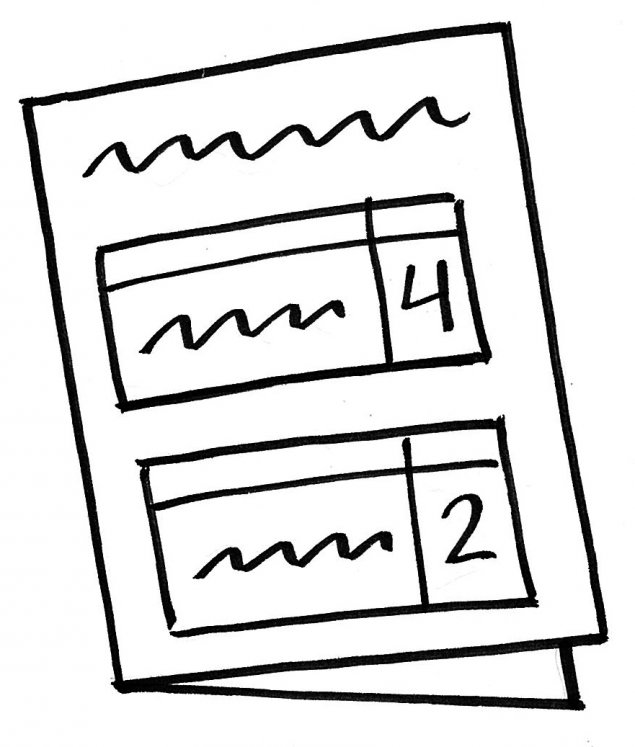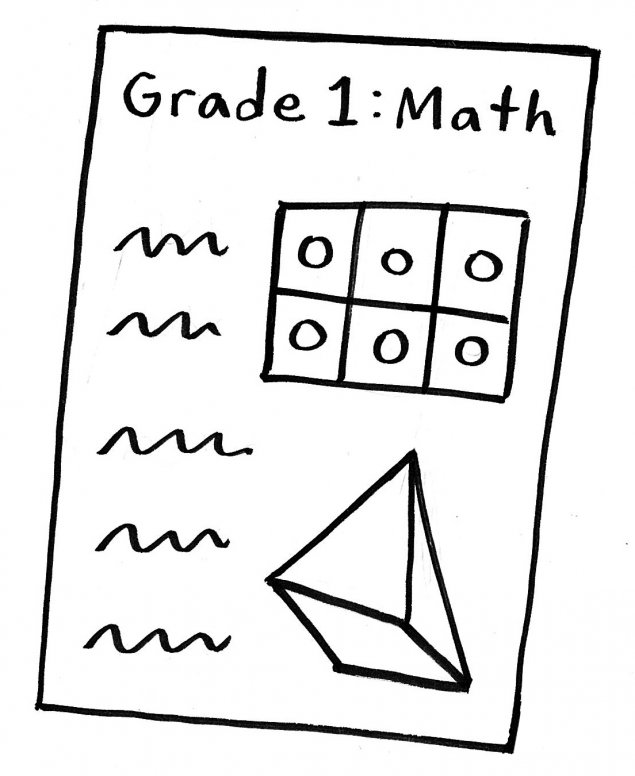GRADE REPORTING PERIODS 2025-26 Link to this section
Secondary Grades are reported on either a 6 week or 9 week schedule. High School students receive cumulative grades for transcripts at the end of Fall and Spring Semesters.
Elementary Grades are reported each trimester. TK-5 Report Card grades are scored on a scale from 1-4, with 3 indicating end-of-the year grade level proficiency.Please consult your child's teacher if you have questions regarding grades.
Instructions on how to review report cards on ParentVue
Instructions on how to create your ParentVue account
Link to this section
TK-5 TRIMESTER GRADE REPORTING PERIODS 2025-26 Link to this section
There are three reporting periods throughout the school year, each lasting approximately 12 weeks.
| Reporting Period | Begin | End | Weeks | # of Days |
| Trimester 1 | 8/18/2025 | 10/31/2025 | Weeks 1 - 11 | 53 days |
| Trimester 2 | 11/3/2025 | 2/13/2026 | Weeks 12 - 23 | 58 days |
| Trimester 3 | 2/18/2026 | 5/15/2026 | Weeks 24 - 35 | 57 days |
TK-5 report cards are shared with families during Parent/Teacher Conferences. The dates of the conference are:
- Trimester 1: Week of November 17, 2025
- Trimester 2: Week of March 2, 2026
Instructions on how to review report cards on ParentVue
Instructions on how to create your ParentVue account
Teachers and Site Leaders: Access report card resources
SFUSD Updates Standards Based Report Cards for Grades TK-5 Link to this section
In 2025-26, the TK-5 Standards Based Report Cards (SBRC’s) include the following updates:
- Refined Language Arts standards for Cantonese/Mandarin Pathways
- Streamlined Science, PE, Arts and ELD standards (all other content areas updated in 2024-25)
- Added Health standards statements
SBRCs are designed to streamline scoring for teachers, and improve communication of students’ progress toward end-of-year grade level standards to families.
Any updates to SBRC's are based on feedback from staff and families, and informed by research from other districts.
- Families request report cards with simpler language and improved readability.
- Educators request streamlined scoring rubrics and resources, and academic content area items aligned with current instructional shifts.
See below for a summary of report cards design features informed by research from other districts:
Average* Report Card Metrics Across Districts | SFUSD 2023-24 Report Card Metrics | SFUSD 2025-26 Report Card Metrics | |
Number of Proficiency Rubrics for Scoring | 1 | 2 | 1 |
Total Number of Standards Presented | 40 | 54 | 43 |
English Language Arts (ELA) Standards | 14 | 9 | 10 |
Math Standards | 10 | 11 | 10 |
Total Number of “Other” Standards Represented | 14 | 28 | 23 |
Average # of Words per Standard | 8 | 16 | 11 |
*Location of school districts included in comparison:
Claremont CA, Deer Valley AZ, Madison Metropolitan IL, Murrieta Valley CA, Napa Valley CA, Natomas CA, North Providence RI, Oceanside CA, Sacramento City CA, Walnut Creek CA, West Contra Costa CA, Oakland, CA
Feedback Link to this section
Families can opt to share feedback about report cards to inform future report card updates at: https://bit.ly/FamilyReportCardFeedback
This page was last updated on September 25, 2025





